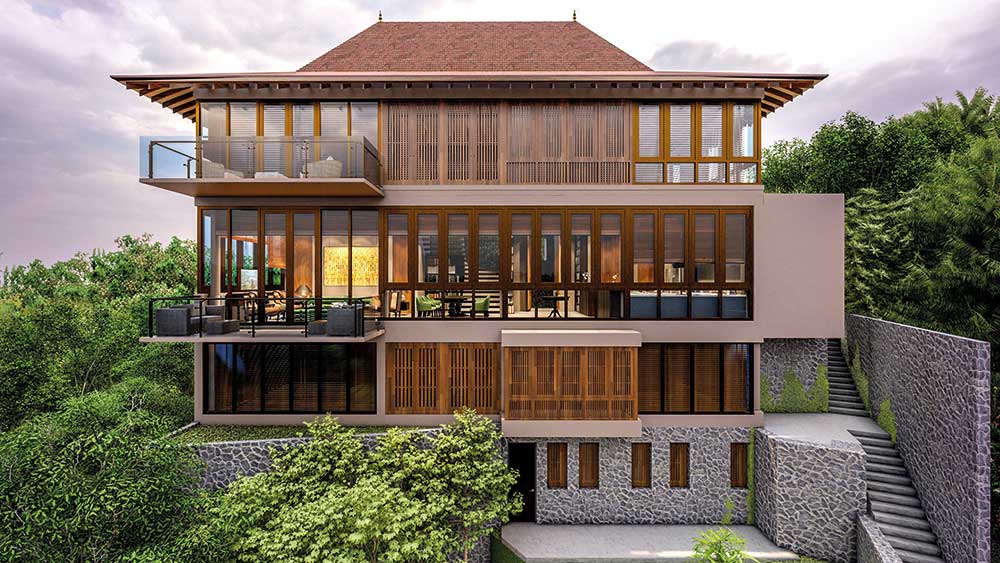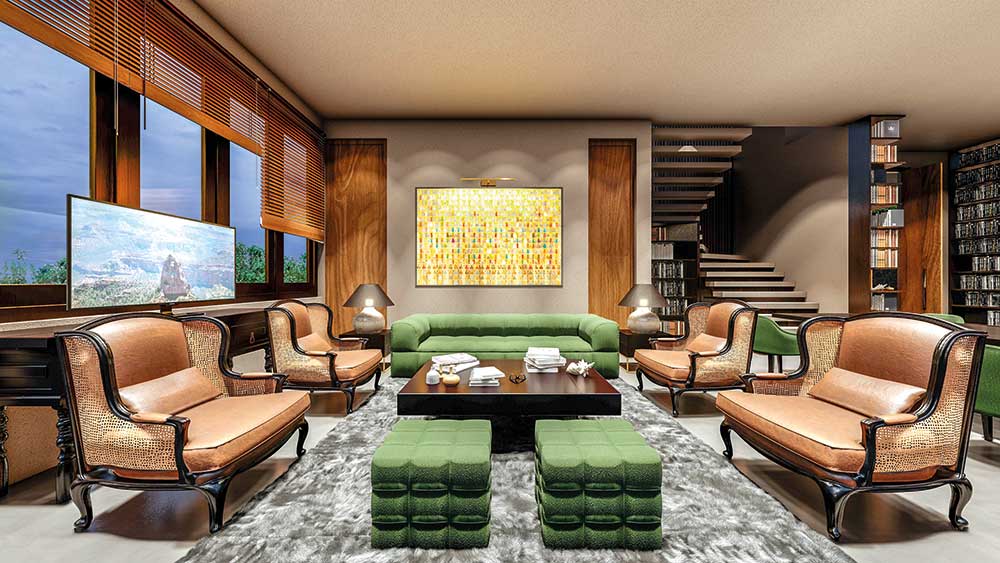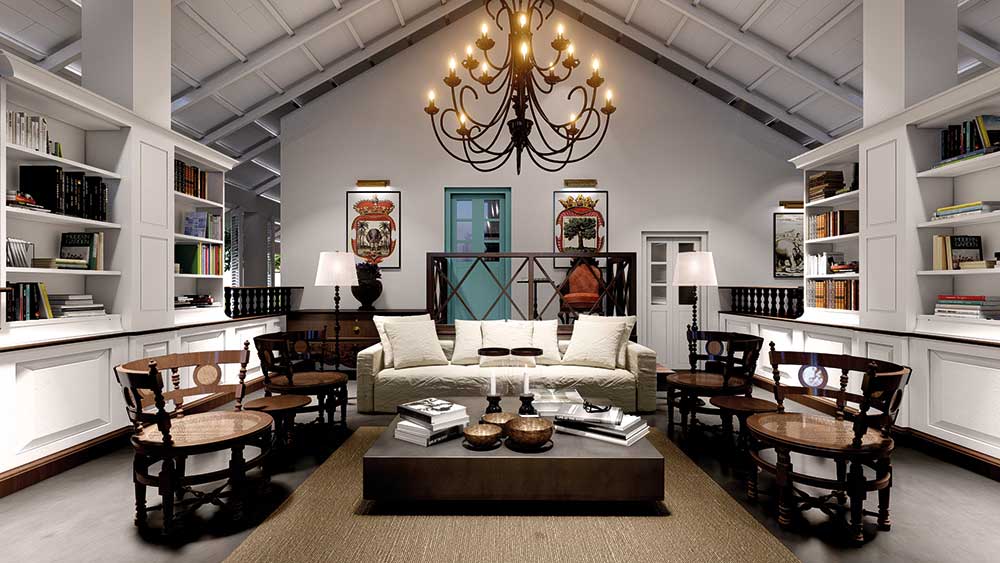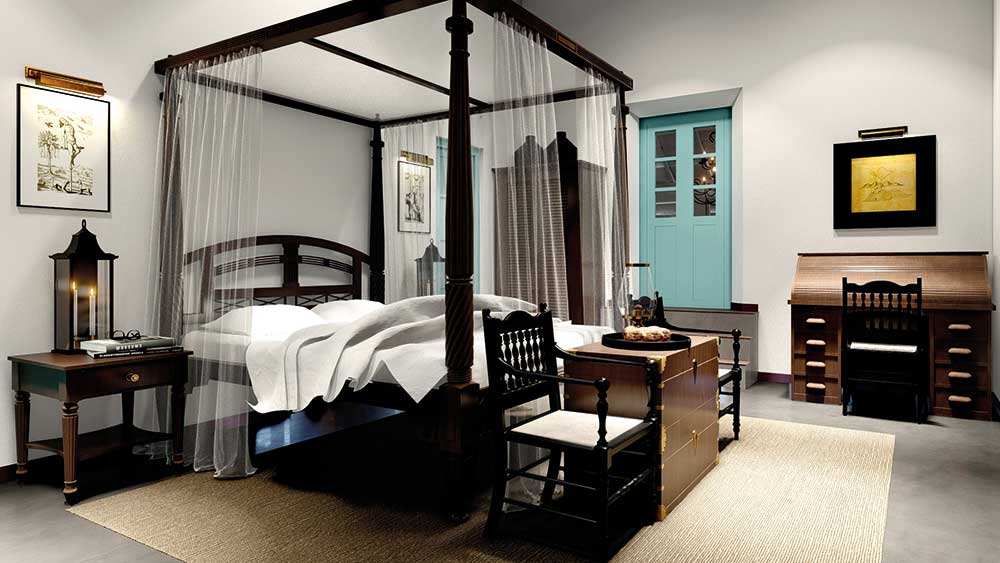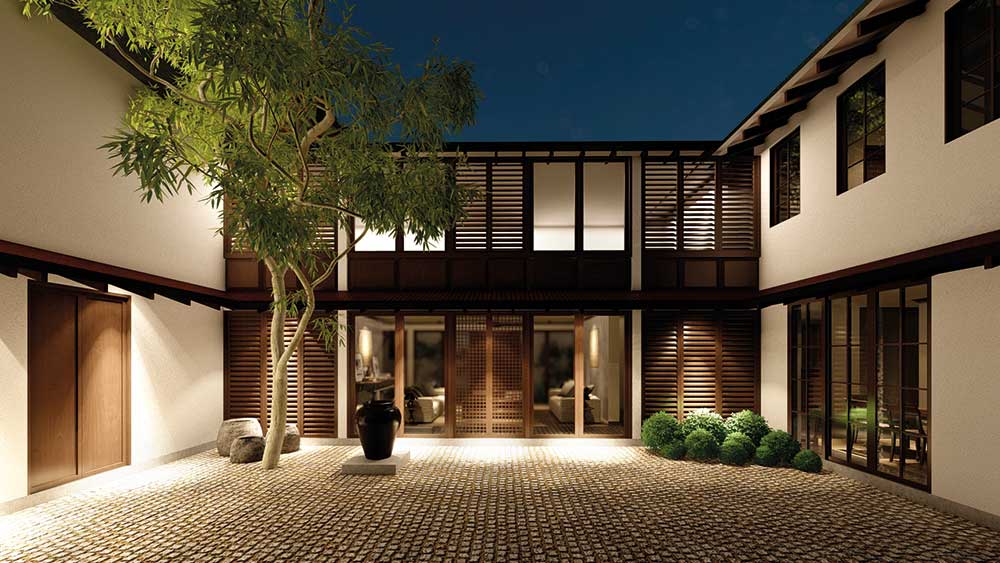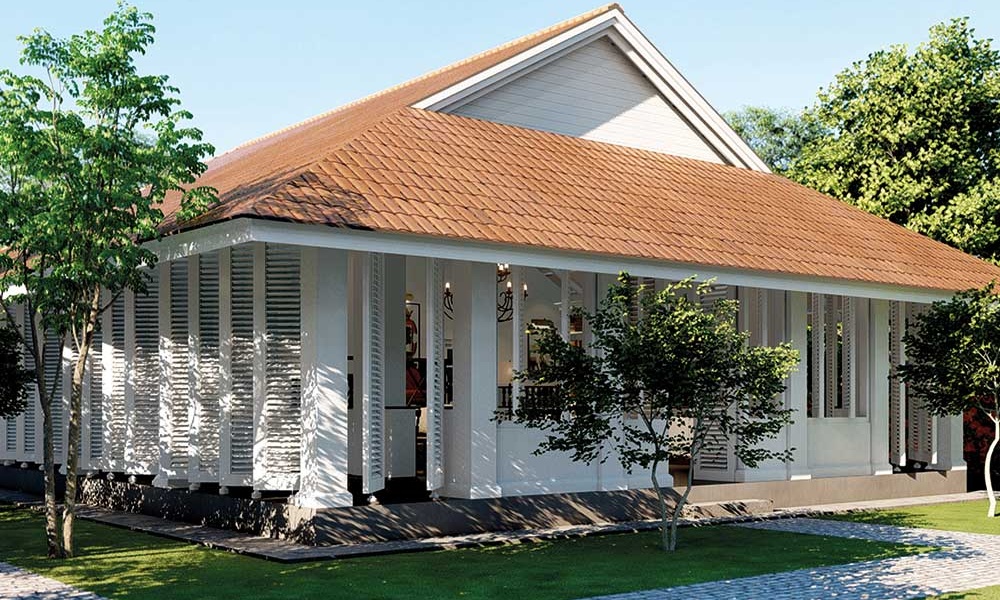Design-culture nexus
The architectural aesthetic
Sonal Balasuriya in conversation with Nicola Jayasundera
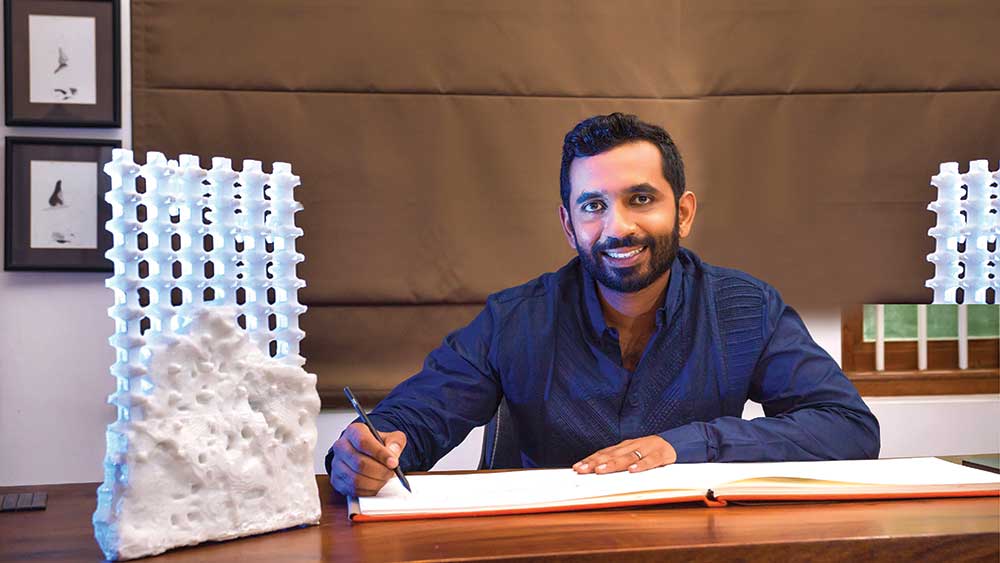
Building has been a passion of architect Sonal Balasuriya since his childhood. As an artist, designer and architect, he aims to reinvent Sri Lankan aesthetics and architecture, while inspiring confidence in his colleagues and younger generations.
As someone who believes that the country’s architectural aesthetic could be improved through good planning and design, Balasuriya’s most memorable accomplishment is the vee atuwa (grain store) in north-central Sri Lanka, which is a region that’s inspired him.
Q: What are the major obstacles to the development of architecture, design and construction?
A: Post-pandemic inflation has had a devastating impact on the built environment globally; and the cost of construction related products and materials has increased exponentially.
As a result, the cost of projects has also risen and undermined good architectural design. Therefore, a well designed space or home is becoming unaffordable. The shortage of craftsmen and skilled workmen is another issue that poses obstacles to the development of architecture and design.
Since the globalised world fails to sufficiently recognise craft and art forms that have been passed down the ages, we’ve lost many local art forms – they’ve been replaced by generic mass-produced digital designs.
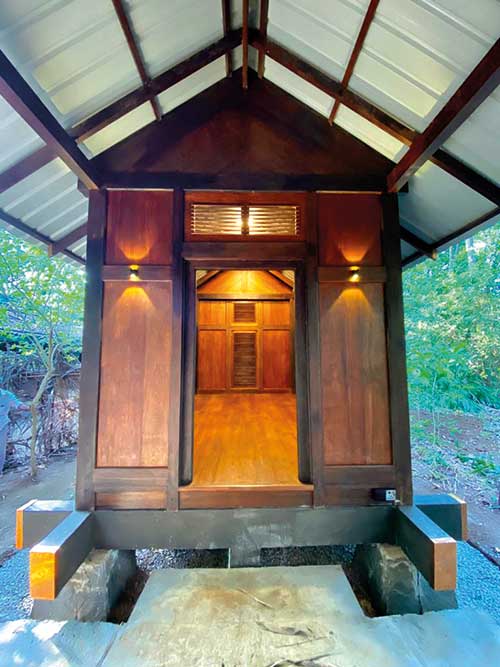
Q: What’s your view of the current policies in this field?
A: The lack of adequate policies for the built environment in Sri Lanka is a great disappointment and the country’s unplanned cityscapes continue to ruin the natural beauty of our island nation.
Unplanned streetscapes, poorly designed structures and the haphazard nature of our urban landscapes are detrimental to the aesthetic value of this picturesque isle. The chaotic built environment certainly won’t add value to the tourism industry, which is a key foreign exchange earner.
Sri Lanka hasn’t had effective policies to regulate the built environment since it gained independence. Therefore, we see many buildings being constructed with no aesthetic conformity, structural stability or sustainability.
Q: So what policy changes would you like implemented so that architecture, design and construction can develop in Sri Lanka?
A: There are a number of policy changes that I’d like to see. For one, Sri Lanka urgently requires building regulations on aesthetic zoning especially in historic cities and towns.
The lack of a regulatory framework for buildings that have a direct impact on the agricultural landscapes of our island also needs to be addressed. Streetscapes in our towns and cities, as well as transport networks, must be regulated.
While we need to simplify and expedite the approval process for construction projects to avoid hampering economic growth, it is also important to regulate the built environment. Being a developing country, people are prone to bribery and corruption when it comes to getting regulations implemented practically on the ground.
Therefore, we need a multidimensional change in our laws and policies to enable the effective regulation of our built environment.
Q: And how does architecture contribute to the growth of a culture?
A: This is a question that not many journalists confront designers with since most are preoccupied with sustainability and eco-architecture. Architecture contributes significantly to the growth and development of a culture in numerous ways.
Historic buildings and architectural styles preserve and reflect the cultural heritage of a community by providing a tangible connection to the past.
In today’s context, contemporary design inspired by several historical architectural styles has the potential to promote social cohesion, create inclusive environments and foster diversity.
